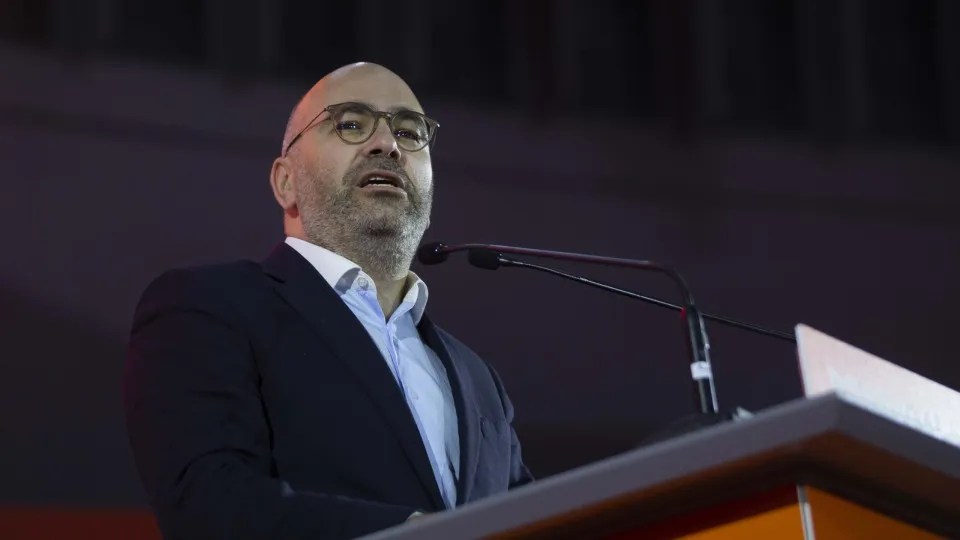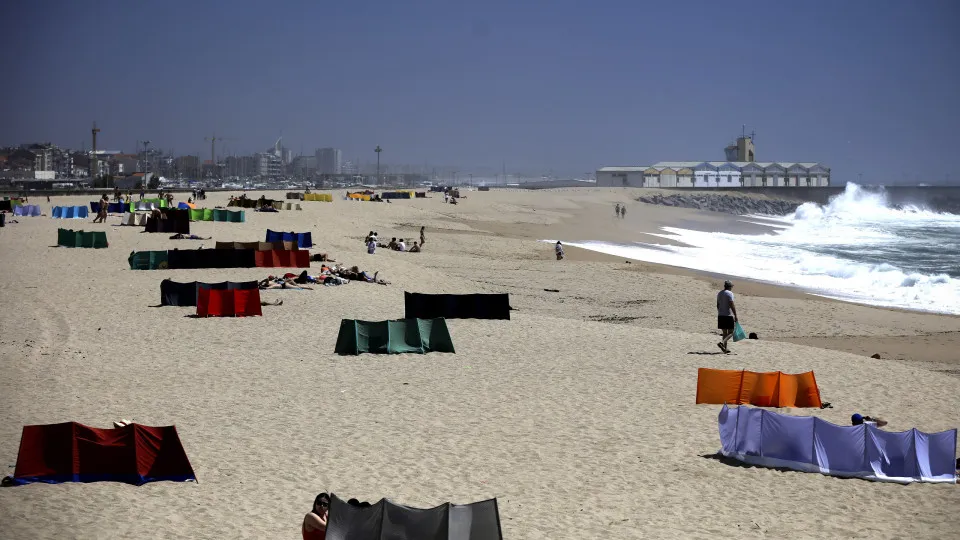
The Mondego Mobility System (SMM), featuring articulated electric buses on a dedicated route to Serpins (Lousã), inaugurated its preliminary operation today on a five-kilometer stretch in the city of Coimbra. It is expected that the service, which includes a route through Miranda do Corvo and Lousã, will be fully operational by the end of the year.
The initial launch in Coimbra, governed by Mayor José Manuel Silva (supported by a coalition of PSD and CDS-PP), has faced criticism from the Miranda do Corvo and Lousã PS local councils. They have demanded the immediate opening of the stretch to Serpins, supported by both PS-led municipalities, arguing that the system should only commence once the suburban route is prepared.
In response to these criticisms, Minister Miguel Pinto Luz, who traveled the newly opened section, stated that he does not engage in “politicking” and emphasized that this launch is “completely unrelated” to the municipal elections scheduled for October.
“This section is ready, certified, and already operational, allowing the population to immediately benefit from it. We believe the remaining stretch will be certified and operational by the end of the year,” said the Minister of Infrastructure and Housing to the press.
Pinto Luz explained that the government faced two options: “To open nothing until the entire line was complete or to utilize the already finished urban section without further delaying access for the people of Coimbra, 30 years into the project.”
“Since it is certified, we intend to open it, advancing from experimental to operational phase, which is our goal,” he emphasized.
Speaking to Lusa, João Marrana, president of Metro Mondego, clarified that the opened connection was operationally ready, while the stretch from Alto de São João to Serpins still awaits the certification of its signaling system for operation.
“The signaling system still needs to be certified, and once completed, it will undergo licensing by the IMT [Mobility and Transport Institute]. When that happens, we’ll be ready to start operations on the suburban stretch,” he explained, noting that the suburban route “is more complex because it’s single-tracked.”
As a single track, it is essential that the system ensures only “one vehicle circulates in each section,” with only crossing points as exceptions, he clarified.
“With the Coimbra stretch available, the company is keen to begin regular operations to test the integration of various systems,” he highlighted, indicating the opportunity to refine some system issues before commencing commercial operations.
Even though the section is already functional, Lusa observed on-site that the bus approach system to the stations is not yet operational.
Besides the expectation for the full service between Portagem and Serpins by year-end, it is anticipated that by 2026 operations between Portagem and Coimbra-B, as well as the hospital line in the city center, will be functional. These involve unfinished construction works over several sections.
The project led to the closure of the Lousã railway branch and faced multiple delays, revisions, and suspensions over more than three decades, halting after rail removal in 2010.
The SMM project was resumed in 2017 by the government under António Costa, reformulating the project to maintain the route while replacing the surface metro with buses.




